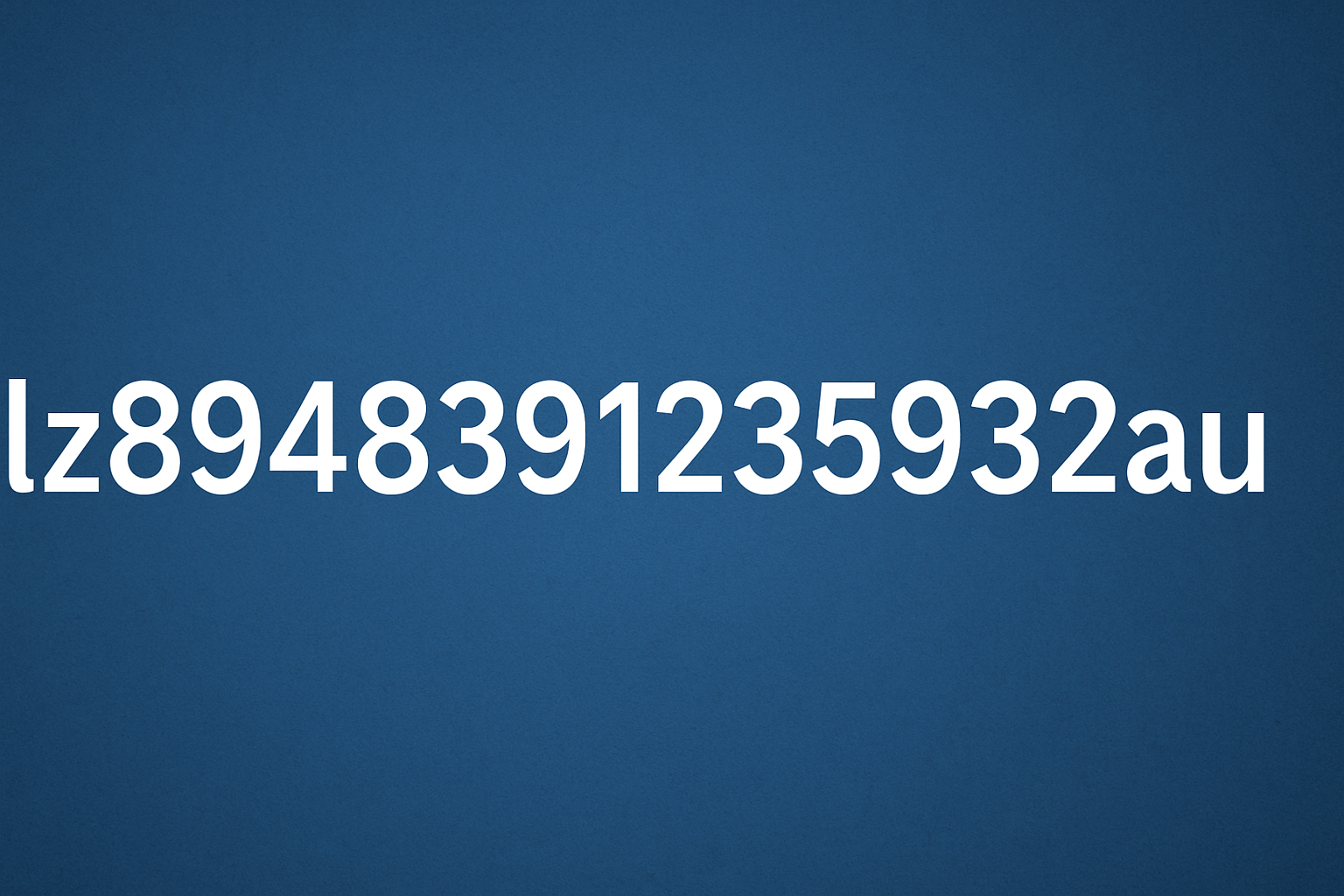When you first come across the string 111.90.150.2044, it immediately resembles an IP address. However, a closer look reveals something unusual. Traditional IPv4 addresses are made up of four sections separated by dots, with each section ranging from 0 to 255. The last section in this case, “2044,” goes far beyond the acceptable limit, making 111.90.150.2044 an anomaly.
Despite its odd structure, many people search for this keyword online, wondering whether it is an IP address, a port reference, or a sign of something malicious. In this article, we will dive deep into what 111.90.150.2044 could represent, the possible reasons it appears, its connection to hosting providers, and why it might matter to internet users, webmasters, and IT professionals.
Understanding the Basics of IP Addresses
To understand why 111.90.150.2044 stands out, it’s important to review how IP addresses work.
An IPv4 address is the most common format for identifying devices on a network. It follows this pattern:
-
Four numbers (called octets)
-
Each ranging from 0 to 255
-
Written in dot-decimal format (e.g., 192.168.1.1)
For example:
-
Valid IPv4: 111.90.150.204
-
Invalid IPv4: 111.90.150.2044
The last octet “2044” is simply too large to be valid within IPv4 rules. That’s why 111.90.150.2044 cannot be used as a direct IP address for any real device on the public internet.
Could 111.90.150.2044 Be an IP With a Port?
One of the most logical explanations is that 111.90.150.2044 is actually shorthand for an IP address plus a port number. In networking, a port is used to direct traffic to the correct service on a server.
-
The base IP could be 111.90.150.204
-
The port could be 2044
If written correctly, it should look like this: 111.90.150.204:2044
Ports in the 2000+ range are often used for custom applications, nonstandard services, or hidden tunnels. That means 111.90.150.2044 might appear in logs, proxy configurations, or even suspicious scripts when someone wants to reference a nonstandard connection.
The Real IP Behind 111.90.150.2044
Even though the string itself is malformed, we can still look at the base part: 111.90.150.204. This IP belongs to the range owned by Shinjiru Technology Sdn Bhd, a hosting provider based in Malaysia.
Key details include:
-
IP range: 111.90.144.0/21
-
Autonomous System Number (ASN): AS45839
-
Organization: Shinjiru Technology Sdn Bhd
-
Location: Kuala Lumpur, Malaysia
Shinjiru is known for offering offshore hosting, dedicated servers, and privacy-oriented services. It’s possible that traffic or references to 111.90.150.2044 come from systems hosted in this data center.
Why Does 111.90.150.2044 Appear Online?
If you’ve seen this keyword in your logs or during a search, you might wonder why it exists at all. Some possible scenarios include:
Data Entry Error
Someone may have mistakenly typed 2044 instead of 204 or combined the IP and port incorrectly.
Software or Log Formatting
Certain tools or internal systems may store “IP + port” together without using a colon, resulting in strings like 111.90.150.2044.
Obfuscation Techniques
Hackers and spammers sometimes create IP-like strings that don’t follow the standard, making it harder for filters or firewalls to recognize them.
Network Investigation
In some cases, security analysts or IT teams stumble across the keyword while looking at logs that involve unusual traffic or scanning attempts.
Security Implications of 111.90.150.2044
The presence of 111.90.150.2044 in logs should not be ignored. Even though it may be malformed, it often points to real IP addresses like 111.90.150.204. This IP range has been known to appear in hosting environments that could be used for both legitimate and questionable purposes.
Potential Risks
-
Brute force attempts: Servers might log suspicious login attempts from this IP range.
-
Spam or phishing: Obfuscated IP references can be used in spam campaigns.
-
Malware communication: Nonstandard ports such as 2044 may be used by malware to communicate with command-and-control servers.
-
Proxy/VPN misuse: Offshore hosting providers sometimes attract users who want to hide their identity online.
What to Do if You See It
-
Separate the IP and port to better analyze the traffic.
-
Check firewall logs to see if connections are blocked or allowed.
-
Use tools like WHOIS and IP lookup services to identify ownership.
-
Consider scanning the IP safely to see which ports are open.
-
Monitor for repeated attempts, which may indicate malicious intent.
Technical Investigation Methods
If you want to analyze 111.90.150.2044 further, here are practical steps:
-
WHOIS Lookup: Reveals the owner of the IP block.
-
Reverse DNS: Sometimes shows the domain name associated with the IP.
-
Traceroute: Provides the path traffic takes to reach the server.
-
Port Scan: Identifies open services, though this should be done carefully.
-
Log Analysis: Look for context—when and how often does this appear?
SEO and Keyword Context
Interestingly, 111.90.150.2044 has become a searchable keyword because many people are puzzled when they encounter it. This makes it a useful term for SEO content, especially in the cybersecurity, networking, and IT education niches.
When writing about it, you can cover:
-
Explanations of IP formats
-
The concept of IP + port notation
-
Possible risks and security issues
-
How to analyze and respond to strange traffic in logs
By targeting this keyword, content creators can attract traffic from IT professionals, system administrators, and curious users searching for answers.
Real-World Examples
-
System Logs: An administrator might find repeated connection attempts from 111.90.150.2044 and wonder why it doesn’t look like a valid IP.
-
Firewall Rules: Security tools might flag it as suspicious because of the malformed structure.
-
Online Forums: Users often post questions about strange IP-like strings they encounter, leading to discussion threads on sites like Reddit or tech blogs.
Read also: Understanding 031200006844: A Comprehensive Guide
Conclusion
The keyword 111.90.150.2044 may look confusing, but with proper analysis it becomes clear that it is most likely a reference to an IP address with a port number attached. While the direct format is invalid, the base IP 111.90.150.204 is valid and belongs to a hosting provider in Malaysia.
In cybersecurity and IT, such anomalies should not be ignored. Whether it’s a typo, a logging format, or a sign of malicious traffic, being able to recognize and investigate unusual strings like 111.90.150.2044 is essential for maintaining network safety.
For SEO purposes, this keyword provides a unique opportunity to capture attention and educate users. For technical professionals, it’s a reminder to stay vigilant and always analyze suspicious entries in logs.
By understanding the context behind 111.90.150.2044, we gain both knowledge and awareness about how the internet works, how attackers might hide, and how to better secure our networks.



